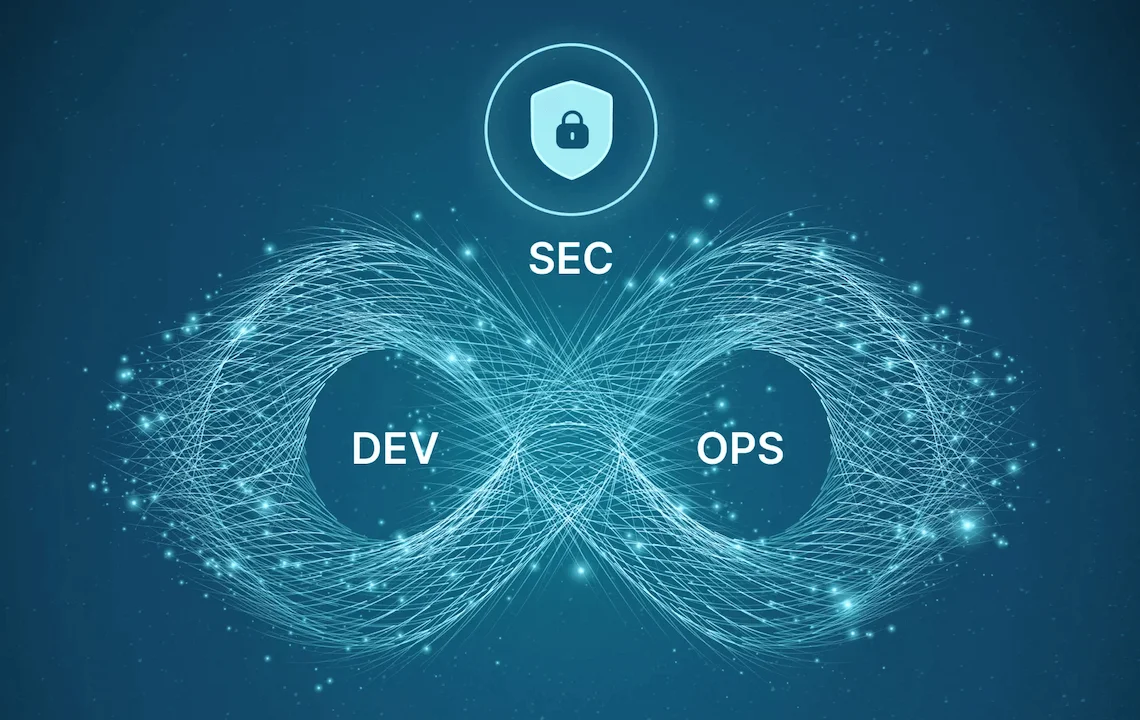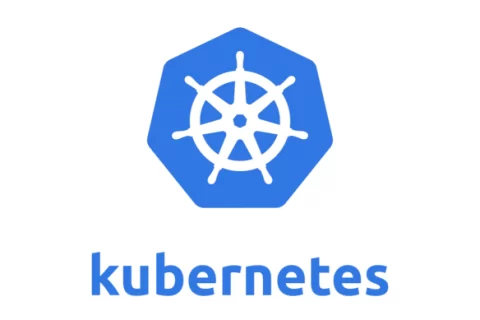
The shift from DevOps to DevSecOps is not just a buzzword but an essential evolution in today’s IT landscape. As the threat landscape grows increasingly complex, incorporating security into every phase of software development is no longer optional—it’s a necessity. If you’re considering this transition, here’s a step-by-step guide to help you make the leap smoothly and effectively.
1. Understand the Difference: DevOps vs. DevSecOps
While DevOps focuses on speed, automation, and collaboration between development and operations, DevSecOps integrates security practices across the entire CI/CD pipeline. It’s not about slowing things down but embedding security in ways that maintain agility while ensuring compliance and robustness.
2. Adopt a Security-First Mindset
Shifting from DevOps to DevSecOps requires a cultural change. Security can no longer be a post-release step; instead, it must become a shared responsibility among all team members. Every developer, operations engineer, and QA professional must be trained to think proactively about security risks from the start.
Encourage blameless postmortems to analyze vulnerabilities and failures openly, fostering a collaborative approach to improvement.
3. Gain Familiarity with Security Tools and Frameworks
A key part of this transition involves leveraging the right tools. Start by familiarizing yourself with tools that integrate seamlessly into your existing DevOps pipeline. Some examples include:
- Static Application Security Testing (SAST): SonarQube, Checkmarx
- Dynamic Application Security Testing (DAST): OWASP ZAP, Burp Suite
- Container Security: Aqua Security, Falco
- Secrets Management: HashiCorp Vault, AWS Secrets Manager
Additionally, frameworks like OWASP Top 10 and NIST Cybersecurity Framework offer guidance for addressing key security risks.
4. Embed Security in CI/CD Pipelines
Security gates should be automated in the CI/CD pipeline without slowing down releases. Implement practices like:
- Automated Security Testing: Integrate tests that detect vulnerabilities as code moves through the pipeline.
- Infrastructure as Code (IaC) Security: Use IaC tools like Terraform alongside security validation tools to ensure the infrastructure follows secure practices.
- Shift Left: Conduct security assessments earlier in the development cycle to catch issues before they reach production.
5. Invest in Security Training for Teams
Even the most advanced tools won’t replace the value of a security-aware team. Invest in regular training programs that introduce secure coding practices, threat modeling, and incident response processes.
Encourage cross-functional learning by embedding security experts within DevOps teams to offer guidance and mentorship.
6. Focus on Compliance and Governance
With growing regulations around data security, compliance can’t be overlooked. Use automated compliance monitoring tools to ensure that your processes meet standards such as GDPR, ISO 27001, or PCI DSS. A DevSecOps governance model ensures that security standards are upheld across teams without introducing unnecessary friction.
7. Measure Success with KPIs and Continuous Improvement
To track the effectiveness of your transition, establish key performance indicators (KPIs) that align with your security objectives. Metrics such as:
- Mean Time to Detect (MTTD) vulnerabilities
- Mean Time to Resolve (MTTR) security incidents
- Number of Security Flaws Identified and Fixed Pre-production
Focus on iterative improvement—embrace feedback loops to refine both processes and tools continuously.
Conclusion
Transitioning from DevOps to DevSecOps is a strategic investment in both security and agility. It requires a shift in mindset, training, tool integration, and a commitment to continuous improvement. With security baked into every step of development, organizations not only reduce risks but also gain a competitive edge, building more resilient products that inspire trust.
Making this transition isn’t just about tools or policies—it’s about transforming how we approach the very idea of building software. Are you ready to secure the future? Let’s start today.



